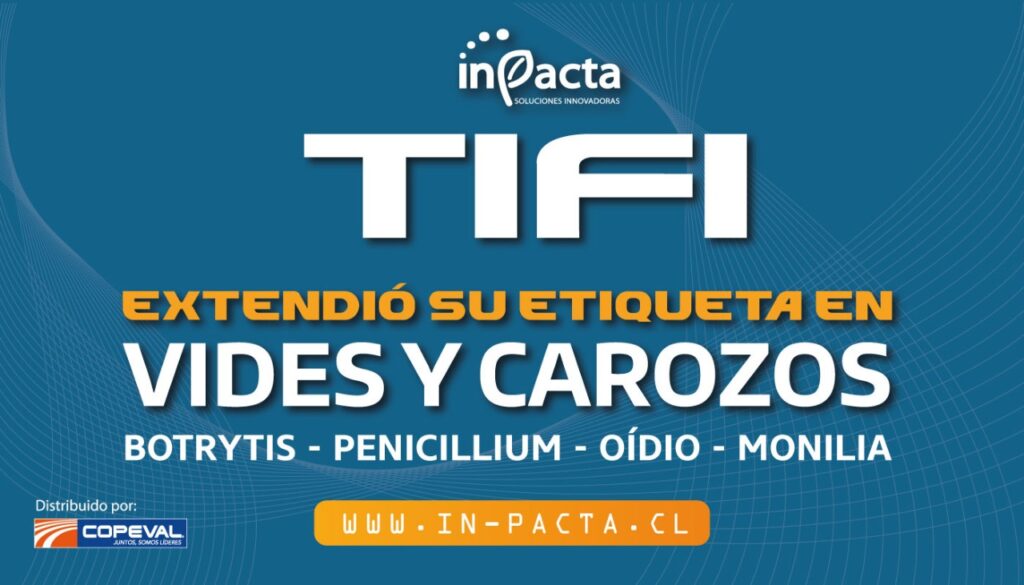The storage works, subsidized by the Irrigation Law, will provide irrigation security to an area of 520 hectares intended for the development of agriculture for small producers, which for the next irrigation season will have a reservoir with a capacity of 11,595 cubic meters.
The Executive Secretary of the National Irrigation Commission (CNR), Wilson Ureta, arrived in the La Puntilla sector, along with irrigators from the Canal Castro water community, to inaugurate the rehabilitation of a short-term regulation reservoir that will benefit more than 28 families in the Maule region.
“It is always a joy to see the Irrigation Law materialized in such important works as this one. The reservoir was rehabilitated, increasing its reservoir capacity to more than 11,500 m3 and was lined with a geomembrane that prevents the accumulated water from seeping in. We are sure that the irrigators will take great care of this work, because it is a huge benefit to have irrigation security for their crops in times of water scarcity,” said the Executive Secretary of the CNR, Wilson Ureta.
“For more than 30 years this project has not been improved or had its capacity increased, and efficient water use has not been promoted. For us, it is key to seek these types of solutions, since this improves the management of organizations and promotes water efficiency for a community,” Ureta concluded.
The president of the Canal Castro Water Community, Juan Lara, said that “This project is very important for us, because there are several families who will be able to irrigate with this reservoir that was built in 1998 and needed major renovation; therefore, we thank the National Irrigation Commission for all the support given.”
The rehabilitation of the short regulation dam included the replacement of the existing geomembrane, which was approximately 23 years old. It also included the construction of inlet works with gates and a sand trap, distribution works, reservoir outlet works and a safety spillway.
This initiative had a total cost of approximately $96 million. Of this total, $81 million were subsidized, which is equivalent to 85 % of the total cost. It is important to highlight the 15% contribution made by users, who are mostly small producers.








